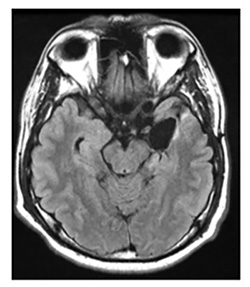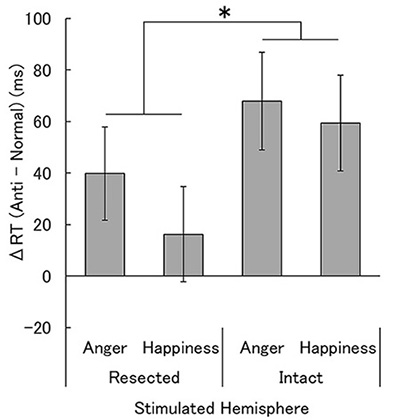SATO Wataru Laboratory
Impairment of emotional expression detection after unilateral medial temporal structure resection
(Sato, Usui, Sawada, Kondo, Toichi, & Inoue: Sci Rep)
Detecting emotional facial expressions is an initial and indispensable component of face-to-face communication.
Neuropsychological studies on the neural substrates of this process have shown that bilateral amygdala lesions impaired the detection of emotional facial expressions.
However, the findings were inconsistent, possibly due to the limited number of patients examined.
Furthermore, whether this processing is based on emotional or visual factors of facial expressions remains unknown.
To investigate this issue, we tested a group of patients (n = 23) with unilateral resection of medial temporal lobe structures, including the amygdala, and compared their performance under resectedand intact-hemisphere stimulation conditions.
The participants were asked to detect normal facial expressions of anger and happiness, and artificially created anti-expressions, among a crowd with neutral expressions.


Reaction times for the detection of normal expressions versus anti-expressions were shorter when the target faces were presented to the visual field contralateral to the intact hemisphere (i.e., stimulation of the intact hemisphere; e.g., right visual field for patients with right hemispheric resection) compared with the visual field contralateral to the resected hemisphere (i.e., stimulation of the resected hemisphere).

Our findings imply that the medial temporal lobe structures, including the amygdala, play an essential role in the detection of emotional facial expressions, according to the emotional significance of the expressions.
Return to
Recent Research.
Return to
Main Menu.


